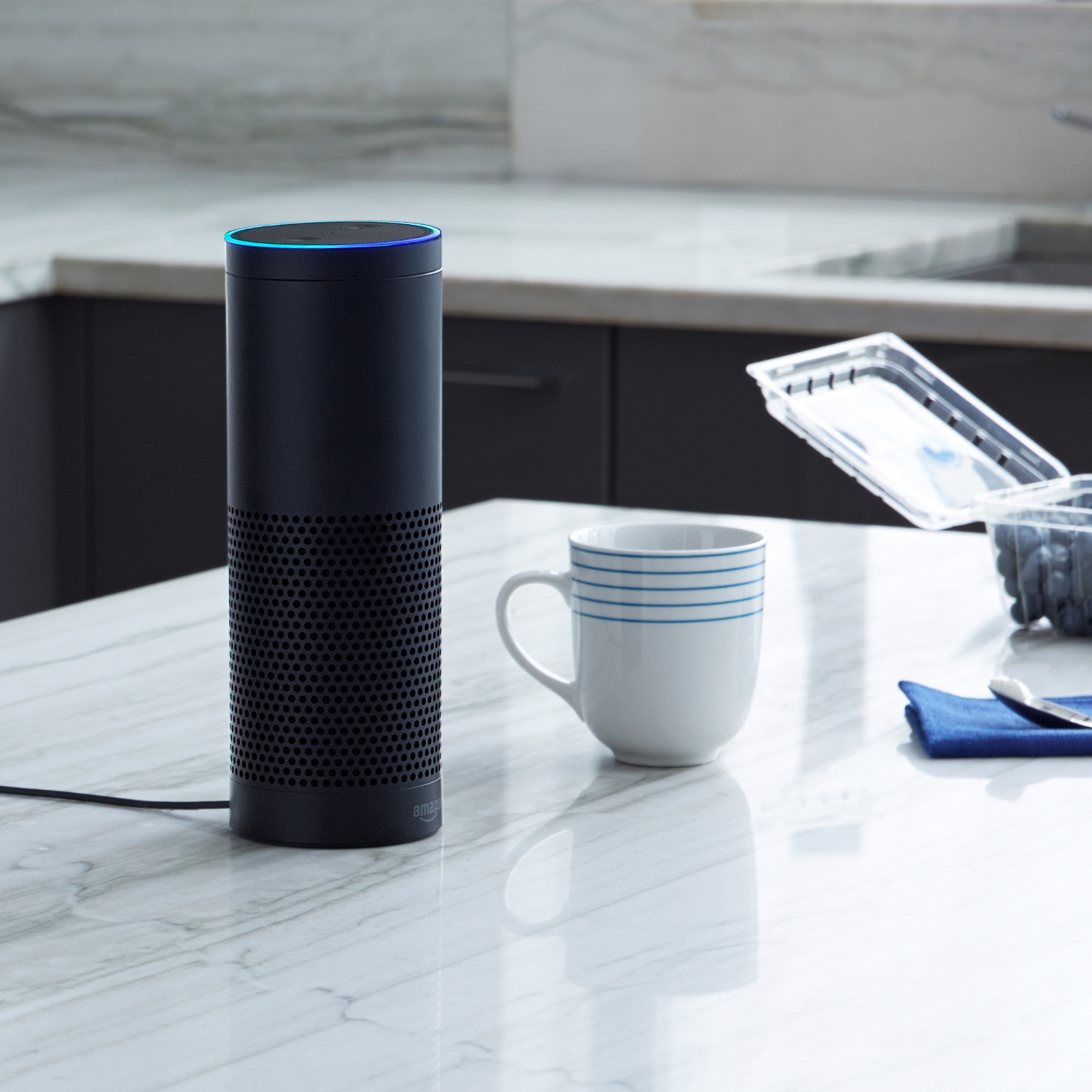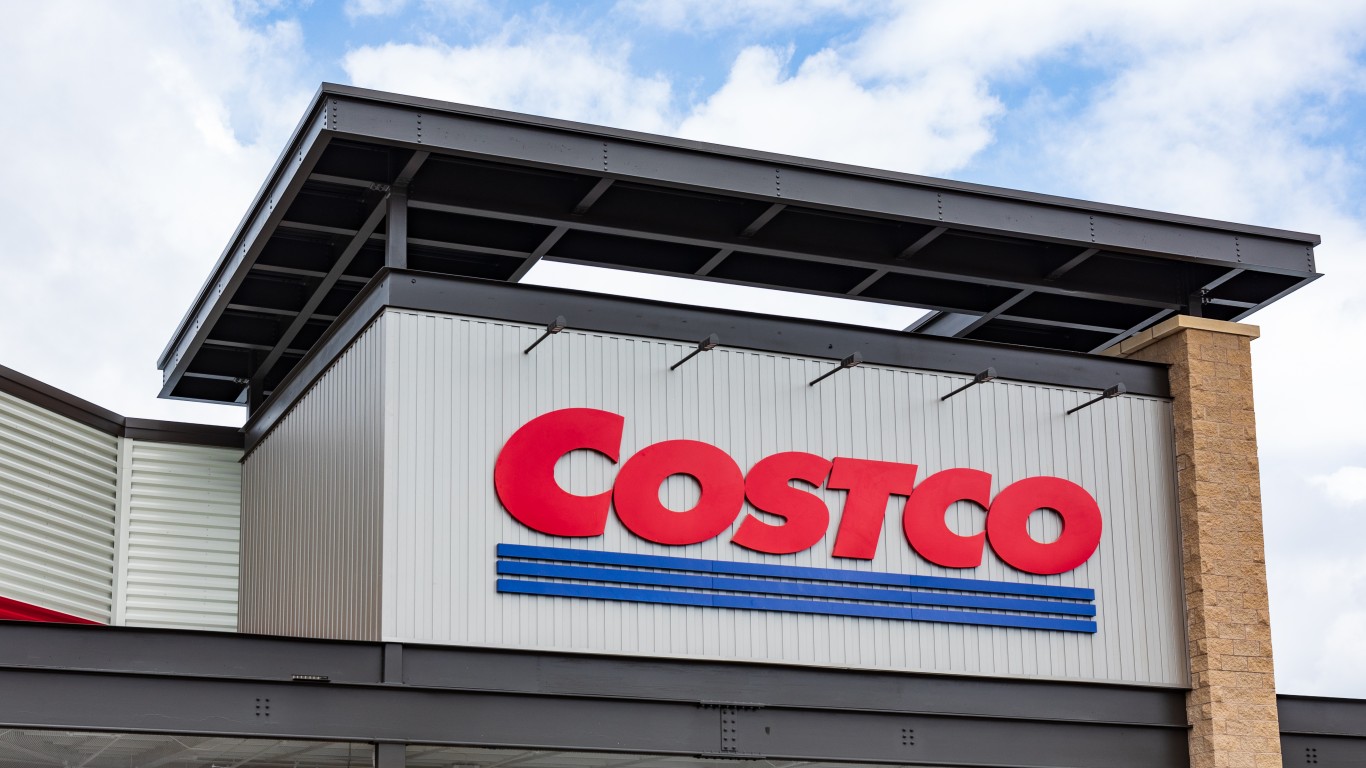
Cyber Monday sales, critical to e-commerce revenue for the holiday season, surged 16.8% to $6.59 billion, according to industry research. The data also show that total online sales have topped $1 billion every day in November.
According to Adobe Analytics, which tracks activity from 80 of the 100 largest e-commerce sites:
Cyber Monday is projected to hit a new record as the largest online sales day in history with $6.59 billion by the end of the day. This marks a 16.8 percent year-over-year (YoY) increase as of 10:00 p.m. ET. In comparison, Black Friday and Thanksgiving Day brought in $5.03 billion and $2.87 billion in revenue respectively.
The other notable information from Cyber Monday is the extent to which consumers have used smartphones to access retail sites this holiday season:
Overall web traffic to retail sites increased by 11.9 percent on Cyber Monday, with the season average at 5.7 percent. Mobile set a new record representing 47.4 percent of visits (39.9 percent smartphones, 7.6 percent tablets) and 33.1 percent of revenue (24.1 percent smartphones, 9.0 percent tablets). Smartphone traffic specifically grew 22.2 percent YoY while revenue coming from smartphones ($1.12 billion) saw 39.2 percent growth YoY, a new all-time high.
This trend should worry already decimated brick-and-mortal retailers. In recent years, consumers have visited stores to look at merchandise only to shop online and buy products from e-commerce sites, particularly Amazon. The practice, known as showrooming, has been difficult to combat. Because they are portable, smartphones allow people to look at merchandise in stores and buy at better prices online, almost instantaneously. Mickey Mericle, Vice President, Marketing and Customer Insights at Adobe, said:
Shopping and buying on smartphones is becoming the new norm and can be attributed to continued optimizations in the retail experience on mobile devices and platforms. Consumers are also becoming more savvy and efficient online shoppers. People increasingly know where to find the best deals and what they want to purchase, which results in less price matching behavior typically done on desktops. Millennials were likely another reason for the dramatic growth in mobile, with 75 percent expecting to shop via their smartphone.
Toy retailers have another reason to be concerned because of the deep discounts they have to offer. Toys “R” Us recently filed Chapter 11. The Adobe data show just how troubling the toy discount problem has become:
Largest price drops heading into Cyber Monday were for toys with an average discount of 18.8 percent, followed by TVs at 21.1 percent and computers at 14.7 percent. Black Friday saw the largest discounts in computers (15.9 percent on average), followed by TVs (21.6 percent) and toys (17.3 percent). On Giving Tuesday, pet products as well as furniture and bedding are expected to see the best deals with 22 and 13 percent respectively
The trend is relentlessly negative for traditional retailers. People not only buy online. They also use online shopping to look for discounts while they stand on showroom floors. The brick-and-mortar retailers are left with almost no defense of their century-old business model.
In 20 Years, I Haven’t Seen A Cash Back Card This Good
After two decades of reviewing financial products I haven’t seen anything like this. Credit card companies are at war, handing out free rewards and benefits to win the best customers.
A good cash back card can be worth thousands of dollars a year in free money, not to mention other perks like travel, insurance, and access to fancy lounges.
Our top pick today pays up to 5% cash back, a $200 bonus on top, and $0 annual fee. Click here to apply before they stop offering rewards this generous.
Flywheel Publishing has partnered with CardRatings for our coverage of credit card products. Flywheel Publishing and CardRatings may receive a commission from card issuers.
Thank you for reading! Have some feedback for us?
Contact the 24/7 Wall St. editorial team.



